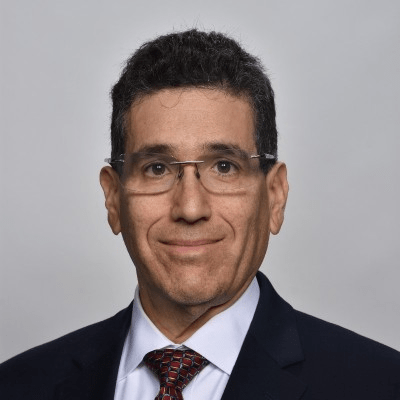What is ambient listening?
Ambient listening in healthcare uses voice recognition technology during clinical encounters to automatically generate clinical notes from what was said. Ambient listening is powered by artificial intelligence (AI) and a Natural Language Processing (NLP) engine. This technology does exactly what it says it does: it listens.
It doesn’t make medical judgments or infer conditions, and it is secure and well-tested. Patients and providers alike can rest assured that ambient listening is there to help.
The main benefit of ambient listening in clinical care is that it takes the heavy lifting off of providers when it comes to charting. It also allows providers to focus more on patient interactions and develop stronger relationships.
How to document with ambient listening
Ambient listening technology works by securely converting the spoken, natural conversation with a patient into a clinical note. The best ambient listening solutions can actually generate a fully structured SOAP note, cutting down even more on the provider workload. It should be as easy as tapping a button on your phone to start listening to an encounter.
With typical documentation, providers often struggle to remember all of the details of each encounter after their busy day is over. This creates an additional level of stress. When providers use ambient listening to document, the stress and cognitive load are significantly reduced. There are several ambient listening solutions out there today, but it can be hard to pick which one is right for your practice.
How to choose an ambient listening documentation solution
Not all ambient listening technology tools are created equal. Selecting the best of the best requires taking a look at some key factors:
- Timeliness: The note should be generated quickly. 30 seconds is all the time it should take.
- Structure: For added convenience and a simple review for the provider, the note generated should be in a SOAP note structure.
- Integration: The clinical notes generated by ambient listening should flow seamlessly into the patient chart in the EHR after the provider reviews.
- Security: The tool you pick should be fully HIPAA-compliant and secure. Neither the audio file nor the transcripts should be stored or saved, and the conversation and output should not be used for further “learning” or for any purpose other than creating the note in real time.
- Usefulness: Documenting with ambient listening should save time. Some solutions can even save providers up to two hours per day. The generated note should only require a quick edit and review before being finalized.
- Simplicity: Ambient listening technology should work with natural, conversational speaking styles. Providers should not feel like they are “dictating,” rather, they are free to conduct encounters normally.
- Effortless: The tool should be 100% technology-based, with no copying and pasting required from the provider. The majority of the work should be done for the provider, with effort being minimal. Any edits to the note should be easy to add in using voice-to-text technology.
All of these factors are achievable in an ambient listening solution. When pursuing ambient listening as a charting option, a perfect fit is essential. The tool should not require special training or significant modification of provider workflow.
NextGen Healthcare is proud to offer NextGen Ambient Assist, a new ambient listening solution for documentation.





